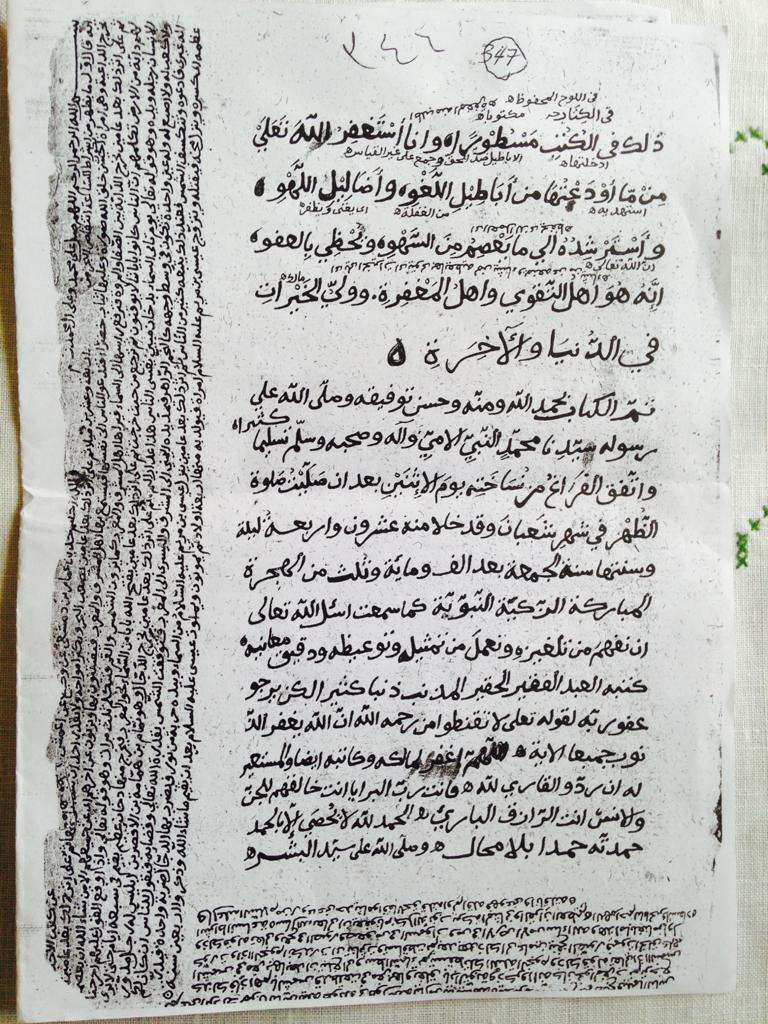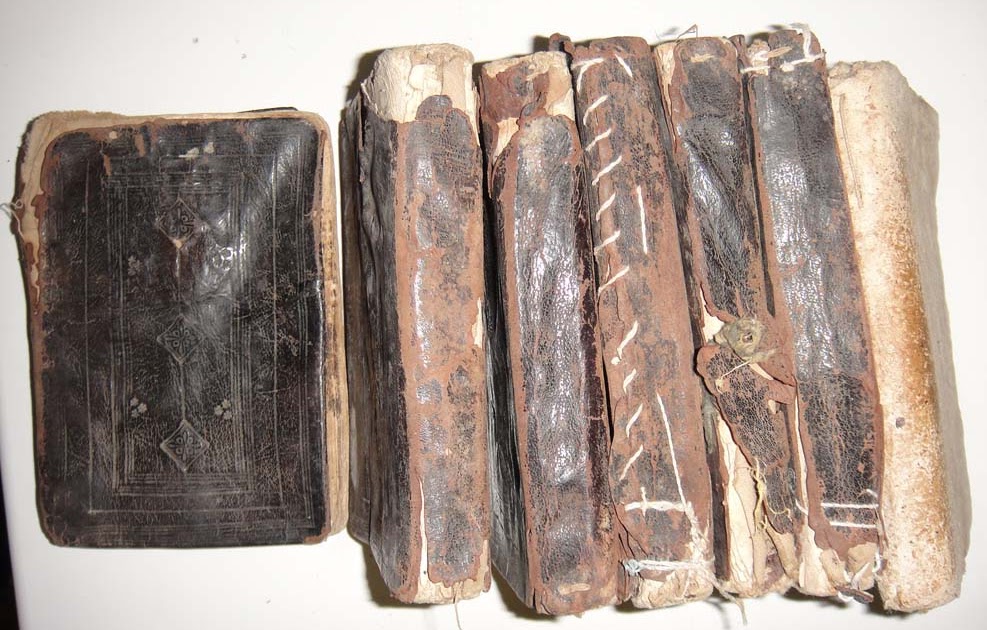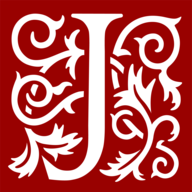Should've made a thread on this ages ago and inshallah I'll do a blog post and maybe a YouTube video on it someday but here we are:
Migration, Digitization, and Preservation - A Case Study of a Somali Manuscript

The oday who wrote that was of the Leelkase and this is his descendant. There will probably be even older ones once more families like this come forward with the manuscripts they're holding and private collectors return or reveal what looters in places like Xamar sold them during the civil war as there were supposedly hundreds of manuscripts stored in the city before the looting that were lost like what this guy mentions in the comments:

 abudervish.blogspot.com
abudervish.blogspot.com
When people like Revoil were in Xamar they note that a lot of the "oral traditions" and tribal genealogies are actually written down and several of the people who tell them about these traditions would routinely stop to consult manuscripts:
 www.jstor.org
www.jstor.org
It will be very interesting, god-willing, if and when we recover many of these historic manuscripts now lost. If anything I hope this thread inspires some of you to go looking for such and share them with us as this fine young man did. It seems legit and verified. He even got it checked at a University. His family were basically wadaado/qadis. There were lots of these in the coastal towns across Somaliweyn and even some of the tuulo. They kept records, wrote treatises on the Qur'an and Xadiths, sent letters for elites and so on. If you look up the wiki page on Xeer you'll notice they're mentioned. Wadaads generally wandered the whole country during the early modern era and probably the middle ages as well. And they all seemed to have been literate.
Migration, Digitization, and Preservation - A Case Study of a Somali Manuscript

The oday who wrote that was of the Leelkase and this is his descendant. There will probably be even older ones once more families like this come forward with the manuscripts they're holding and private collectors return or reveal what looters in places like Xamar sold them during the civil war as there were supposedly hundreds of manuscripts stored in the city before the looting that were lost like what this guy mentions in the comments:
Ancient Manuscript Review 32 : Antique Somali Quran ( 250 years old)
These are 7 volumes of full Quran from Somalia!! I used to have similar set but was confiscated by Abu Dhabi custom. Alhamdulillah these...
When people like Revoil were in Xamar they note that a lot of the "oral traditions" and tribal genealogies are actually written down and several of the people who tell them about these traditions would routinely stop to consult manuscripts:
Tradition to Text: Writing Local Somali History in the Travel Narrative of Charles Guillain (1846-48) on JSTOR
Lee Cassanelli, Tradition to Text: Writing Local Somali History in the Travel Narrative of Charles Guillain (1846-48), Journal of African Cultural Studies, Vol. 18, No. 1, Language, Power and Society: Orality and Literacy in the Horn of Africa (Jun., 2006), pp. 57-71
It will be very interesting, god-willing, if and when we recover many of these historic manuscripts now lost. If anything I hope this thread inspires some of you to go looking for such and share them with us as this fine young man did. It seems legit and verified. He even got it checked at a University. His family were basically wadaado/qadis. There were lots of these in the coastal towns across Somaliweyn and even some of the tuulo. They kept records, wrote treatises on the Qur'an and Xadiths, sent letters for elites and so on. If you look up the wiki page on Xeer you'll notice they're mentioned. Wadaads generally wandered the whole country during the early modern era and probably the middle ages as well. And they all seemed to have been literate.








